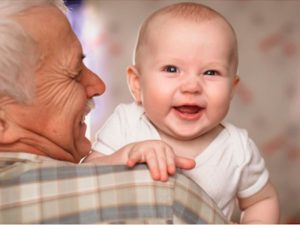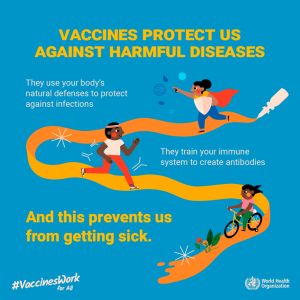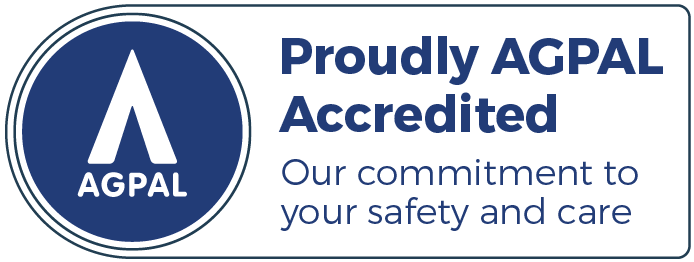Osteoporosis is a condition that causes bones to become weak and brittle.
Often referred to as a ‘silent disease’, osteoporosis typically has minimal or no symptoms—until a fracture or break results from a fall or collision that would otherwise be relatively harmless.
So why the focus on osteoporosis?
👉 Friday, October 20 is World Osteoporosis Day.
World Osteoporosis Day raises awareness of the disease while aiming to reduce risks through education on preventative measures.
As such, the medical professionals operating as HSMC have offered their insights
- We find out
- What osteoporosis is
- Who’s at risk
- Preventative measures
- Diagnosis and treatment
What osteoporosis is
As mentioned above, osteoporosis is a condition that causes bones to become weak and brittle, particularly in the spine, hips, and wrists.
In a healthy person, the body constantly absorbs and replaces bone tissue. However, with osteoporosis, new bone creation doesn’t keep up with old bone removal.
This is how bones become weak, brittle and more susceptible to breaks and fractures.
The density and quality of bones is reduced, often due to a loss of calcium and other minerals.
In addition to an increase in fractures and breaks, osteoporosis can lead to pain and decreased mobility.
Who’s at risk
One of the most significant risk factors of osteoporosis is age, with the risk increasing as people get older, particularly in women after menopause and in men over the age of 70.
Women are generally at a greater risk of osteoporosis than men which is largely because of hormonal changes during menopause that lead to a decrease in oestrogen, a hormone which helps maintain bone density.
In fact, according to World Osteoporosis Day, 1 in 3 women and 1 in 5 men are affected by the condition at some point in their lives.
There are other risk factors too.
People with a family history of osteoporosis or fractures are more likely to develop the condition.
Lifestyle choices also play a role, with those who have a sedentary lifestyle, lack calcium and vitamin D, smoke, or consume excessive amounts of alcohol being at a higher risk.
Finally, certain medical conditions and medications can contribute to osteoporosis risk, such as rheumatoid arthritis, celiac disease, and long-term use of corticosteroids.
👉 You can take the osteoporosis risk check here.
For a complete check of your specific risk to the condition and an overall health check, get in touch with us.
Preventative measures
There are a few preventative measures you can take in addition to healthy lifestyle choices.
Adequate calcium intake is crucial as calcium is a primary building block of bone tissue.
It’s recommended that adults under 50 consume about 1000 milligrams of calcium daily, and this increases to 1200-1300 milligrams for women over 50 and men over 70.
Dairy products, leafy greens, and calcium supplements when necessary can help meet these requirements.
Here are a few common foods and their calcium quantity:
- 200ml of whole milk: 236mg
- 200ml of skim milk: 244mg
- 150ml of natural yoghurt: 207mg
- Serving of cheddar cheese: 240mg
- Egg (typical serving): 27mg
- 30g of almonds: 75mg
You can find more foods and their calcium quantity here.
Vitamin D is also essential for calcium absorption, so getting regular safe sun exposure and consuming vitamin D-rich foods or supplements is a great boost.
Regular weight-bearing exercises, such as walking, jogging and resistance training can help maintain bone density and strength.
Avoiding smoking and excessive alcohol consumption is most certainly a positive choice, as these habits can weaken bones among other serious health complications.
Lastly, minimising the use of certain medications that can contribute to bone loss, such as corticosteroids and managing underlying medical conditions that affect bone health like rheumatoid arthritis or hyperthyroidism are crucial preventive measures.
Diagnosis
Diagnosing osteoporosis often involves a bone density test, which can depend on professional advice.
This non-invasive procedure measures the density of bones, usually at the hip and spine, providing a T-score that compares your bone density to that of a healthy young adult.
Sometimes additional tests, such as blood tests to assess calcium and vitamin D levels or spine X-rays to detect fractures or deformities may be conducted to further evaluate bone health or find other causes of bone loss.
Accurate diagnosis helps determine the need for treatment and preventive measures to minimise the risk of fractures and complications of osteoporosis.
Treatment
Treating osteoporosis aims to strengthen bones, reduce the risk of fractures and breaks and manage symptoms.
Lifestyle modifications are often the first step.
These include a balanced diet with a focus on calcium and vitamin D, regular weight-bearing exercises, quitting smoking and reducing alcohol.
Medications are sometimes prescribed for people at higher risk. These medicines slow bone loss and reduce fracture risk and are based on professional advice.
Other medications may also be considered depending on individual circumstances.
Regular monitoring of bone density and treatment effectiveness is also important.
Osteoporosis management aims to prevent fractures and improve overall bone health, ultimately enhancing the quality of life for people affected by this condition.
To sum up
Osteoporosis is a silent yet serious condition that affects people and their families in all corners of Australia.
By staying informed, assessing your risk factors and taking proactive steps to prioritise bone health, you can significantly reduce the likelihood of osteoporosis.
The good news is that the condition is preventable and manageable through a combination of lifestyle choices, proper nutrition, exercise and regular check-ups.












